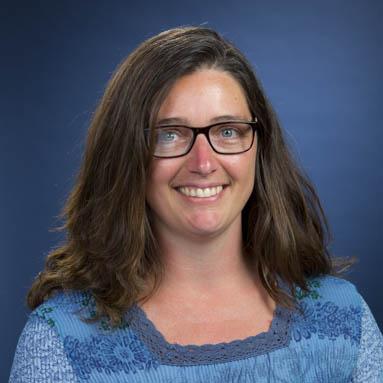

Having initially graduated from WPI with a bachelor's degree in Civil Engineering in 1995, I returned to teach part-time and pursue graduate studies in 2007. While the intervening years as a professional planner provided me with a wide variety of experience assisting towns and regions with long-term planning goals, the teaching and project advising activities at WPI have been infinitely more rewarding. I teach classes in urban and environmental planning and advise undergraduate projects in those topics and others. My research interests were primarily focused on storm water management because I view that field as a satisfying combination of engineering and planning disciplines. In a broader context, I am also concerned with finding sustainable solutions to food, water, and energy management. They are inextricably related to each other and are all finite resources that we rely on for sustenance and well-being. When I'm not at WPI, I keep busy at home with my family and friends: growing food; running a brewpub with my husband in Sturbridge; visiting the many waterside edges in New England; and pouring a lot of spiritual energy into writing, performing, and recording original music.

Having initially graduated from WPI with a bachelor's degree in Civil Engineering in 1995, I returned to teach part-time and pursue graduate studies in 2007. While the intervening years as a professional planner provided me with a wide variety of experience assisting towns and regions with long-term planning goals, the teaching and project advising activities at WPI have been infinitely more rewarding. I teach classes in urban and environmental planning and advise undergraduate projects in those topics and others. My research interests were primarily focused on storm water management because I view that field as a satisfying combination of engineering and planning disciplines. In a broader context, I am also concerned with finding sustainable solutions to food, water, and energy management. They are inextricably related to each other and are all finite resources that we rely on for sustenance and well-being. When I'm not at WPI, I keep busy at home with my family and friends: growing food; running a brewpub with my husband in Sturbridge; visiting the many waterside edges in New England; and pouring a lot of spiritual energy into writing, performing, and recording original music.
Scholarly Work
LePage, Suzanne & Rajib Mallick. “Environmental Mitigation in Transportation Projects,” Chapter 25 in Pavement Engineering: Principles and Practice, 2nd Ed. Taylor & Francis, awaiting publication.
Hart, Frederick, Klaas Rodenburg, and Suzanne LePage. “The Stantec Project Center: An Off-Campus Capstone Design Experience,” Conference Proceedings, Capstone Design Conference, Boulder, CO, June 7-9 2010.
LePage, Suzanne. “An Investigation into the Water Quality Impacts of a Green Roof,” Poster presentation at the 7th Annual Water Resources Research Conference, Amherst, MA. April 8, 2010. (second place award for poster)
LePage, Suzanne. “An Investigation of the Hydrologic and Geochemical Processes Contributing to Green Roof Performance,” MS Thesis, Worcester Polytechnic Institute, May 2010.